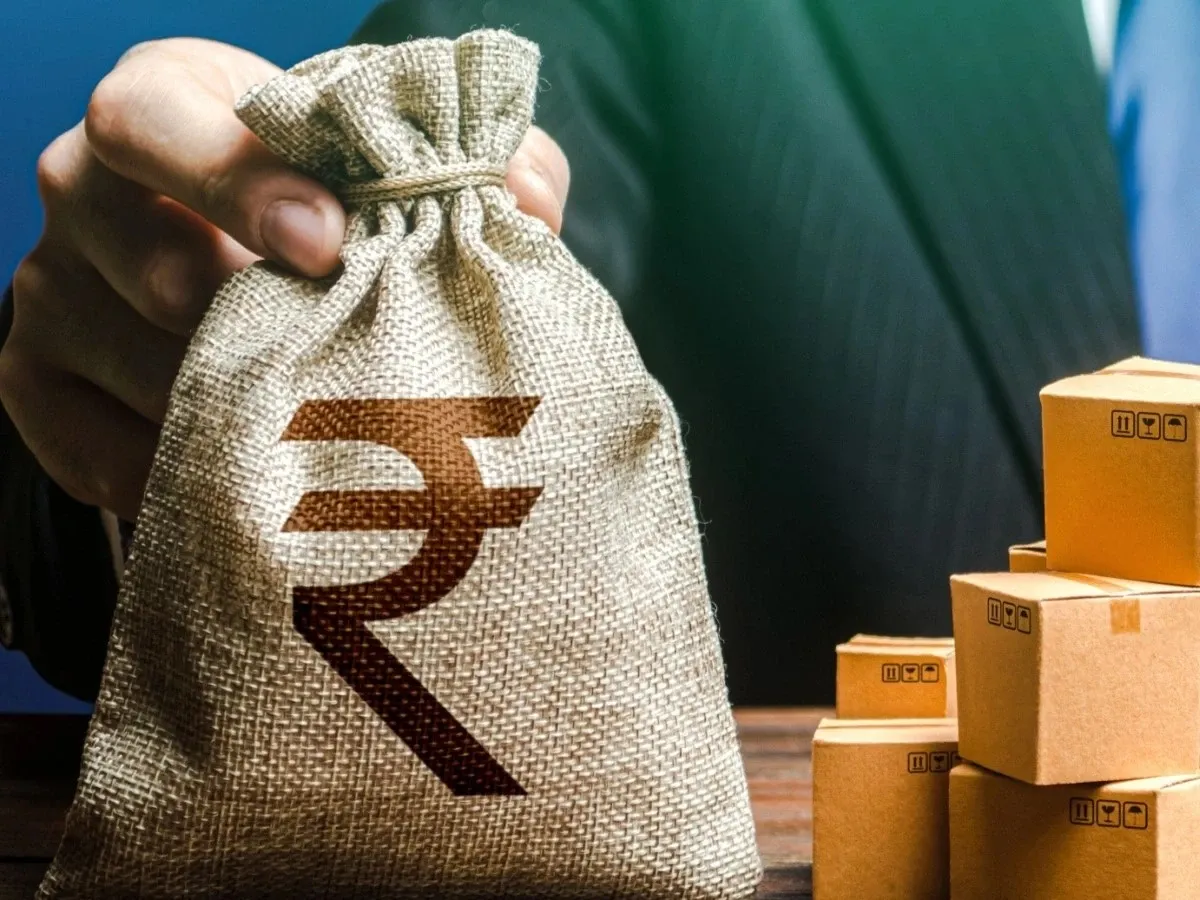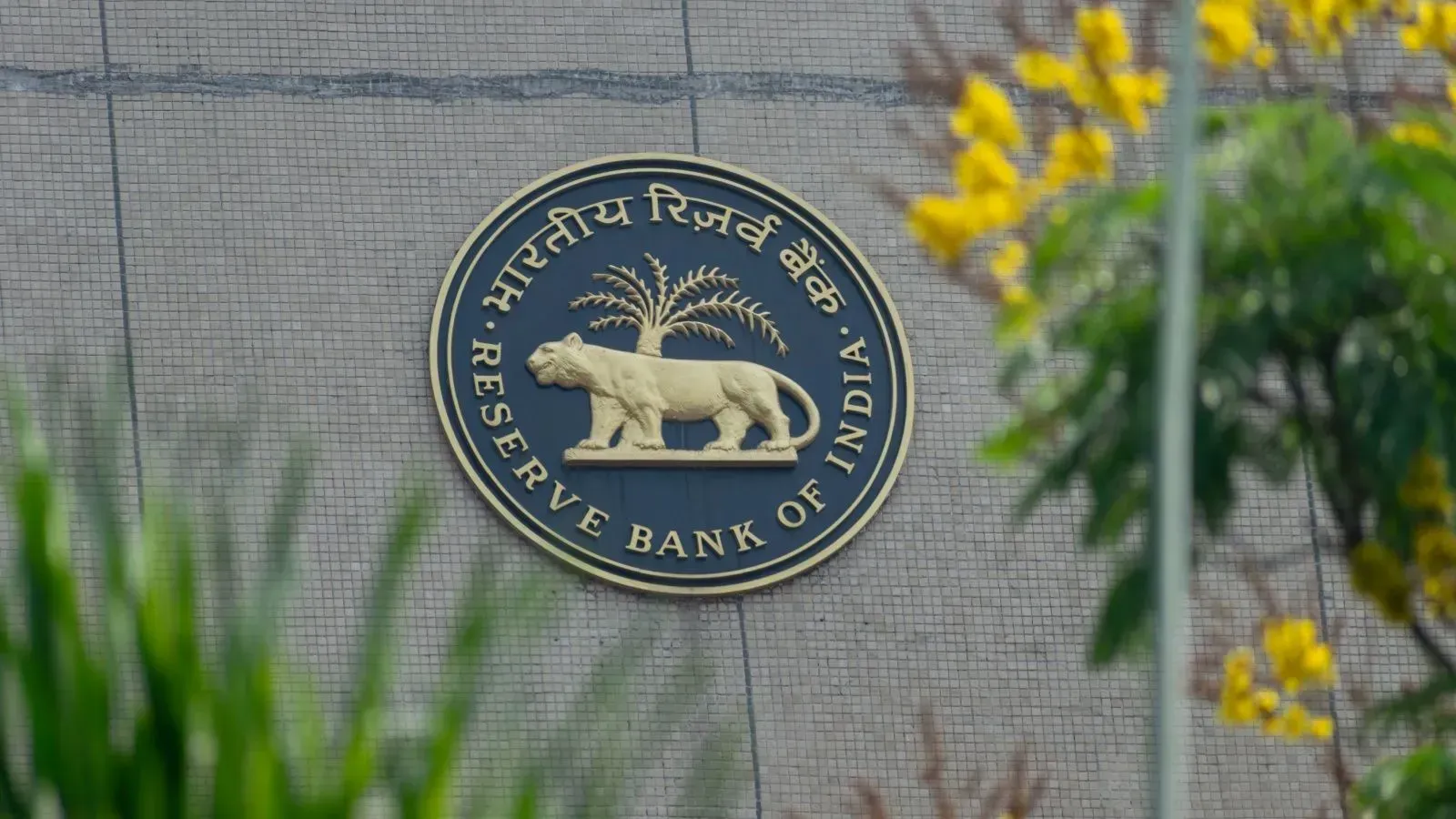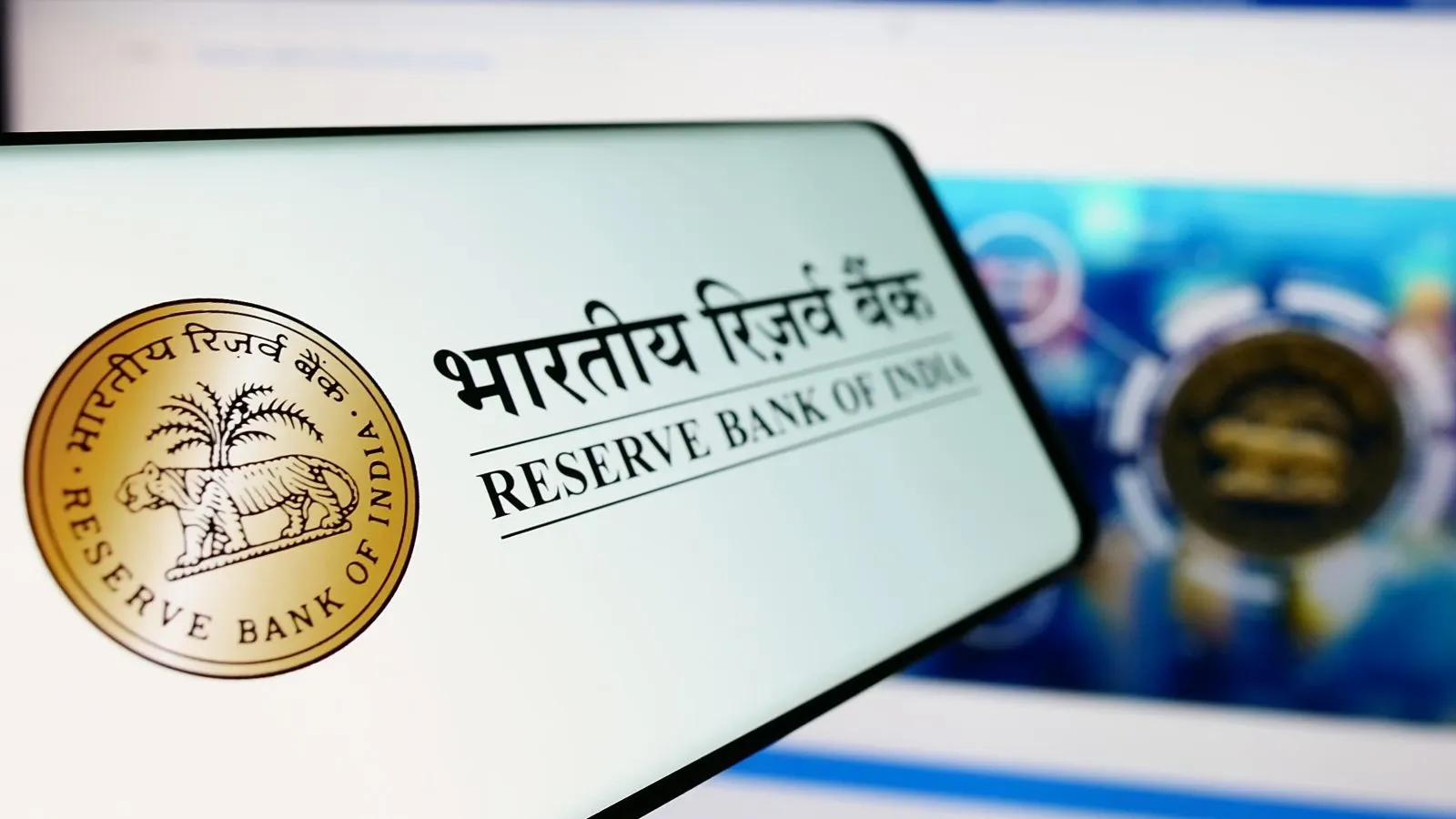Personal Finance News
Not UPI, RTGS is India's biggest money mover. All you need to know about this payment system

6 min read | Updated on October 27, 2025, 13:07 IST
SUMMARY
RBI data: RTGS transactions volume grew from 14.8 crore in CY 2019 to 29.5 crore in CY 2024, while transaction value increased from ₹1388.7 lakh crore to ₹1938.2 lakh crore during this period. In CY 2025, by H1 alone, RTGS recorded 16.1 crore transactions amounting to ₹1,079.2 lakh crore.

Know about RTGS in this article. | Image source: Shutterstock
While UPI is currently the most popular payment system in India, it doesn't account for transferring most of the money. According to a recent Reserve Bank of India (RBI) report, the Real Time Gross Settlement (RTGS) system is used for nearly 69% payment transactions in terms of value, while UPI accounts for only 9%. However, in terms of volume, or the number of transactions, UPI accounts for 85% of all payment transactions.
The report says that in terms of volume, UPI accounted for the largest share at 85% of payment transactions during H1 2025, but it accounted for a modest 9% in terms of value.
"On the other hand, during this period, the Real Time Gross Settlement (RTGS) system recorded the largest share of 69 per cent in terms of value but accounted for the lowest share of 0.1 per cent in terms of volume," RBI said.
What is RTGS and why it is used?
The Real Time Gross Settlement (RTGS) system helps in the continuous and real-time settlement of fund transfers, individually on a transaction-by-transaction basis.
RTGS is mainly used for transferring large sums of money, with a minimum transaction amount of ₹2 lakh.
According to the RBI, the payments under RTGS are "final and irrevocable" as the funds settlement takes place in the books of the central bank. The RTGS system is owned and operated by the RBI.
The RTGS system can be used for transferring any amount on a 24x7x365 basis since December 14, 2020. However, there is a minimum cap of ₹2 lakh, meaning you cannot use RTGS to transfer funds below this limit.
Moreover, the RTGS facility can be used online using the net banking facility, without the need to visit the bank branch or to use any physical cheque or demand draft.
RTGS charges
Since July 2019, the RBI has waived processing charges levied by it for RTGS transactions. However, banks can charge the following amount for RTGS transactions:
-
Receiving money through RTGS: Free
-
Sending money through RTGS: ₹ 2,00,000 to 5,00,000, up to ₹ 25 (exclusive of tax, if any). And for funds above ₹ 5,00,000, up to ₹50 (exclusive of tax, if any) can be charged.
The RBI says that banks may decide to charge a lower rate, but cannot charge more than the above rates.
Why RTGS helps transfer more money than UPI
"Being a large value payment system, also called wholesale payment system, RTGS, with a minimum transaction amount of ₹2 lakh, contributes higher in terms of transaction value but records fewer transactions than other payment systems," RBI said.
"UPI, on the other hand, processes a very large number of small-value transactions, resulting in a high share in terms of volume, but a relatively lower share in terms of value," it added.
How RTGS compare with NEFT, IMPS and UPI
According to RBI, RTGS transactions volume grew from 14.8 crore in CY 2019 to 29.5 crore in CY 2024, while transaction value increased from ₹1388.7 lakh crore to ₹1938.2 lakh crore during this period. In CY 2025, by H1 alone, RTGS recorded 16.1 crore transactions amounting to ₹1,079.2 lakh crore.
| Payment System | Volume CY 2019 (Cr) | Volume CY 2024 (Cr) | Volume H1 CY 2025 (Cr) | Value CY 2019 (₹ Lakh Cr) | Value CY 2024 (₹ Lakh Cr) | Value H1 CY 2025 (₹ Lakh Cr) | Share in Volume H1 CY 2025 | Share in Value H1 CY 2025 | Min Transaction Limit | Used For | Charges |
|---|---|---|---|---|---|---|---|---|---|---|---|
| RTGS | 14.8 | 29.5 | 16.1 | 1388.7 | 1938.2 | 1079.2 | 0.1% | 69% | ₹2 lakh | High-value transfers | Receiving: Free; Sending: ₹25–₹50 |
| NEFT | 262.2 | 926.8 | 490.5 | 232.9 | 432.8 | 237.0 | N/A | N/A | No minimum | Low/medium-value transfers | Varies by bank |
| UPI | 1079.0 | 17221.0 | 10637.0 | 18.4 | 246.8 | 143.3 | 85% | 9% | No minimum | Small-value retail payments | Free |
| IMPS | 238.3 | 593.8 | 267.2 | 21.8 | 70.7 | 37.1 | N/A | N/A | Up to ₹5 lakh | Medium/large-value transfers | Varies by bank |
Data source: RBI's Payment Systems Report, June 2025
The National Electronic Funds Transfer (NEFT) is another centralised electronic payment platform operated by the RBI, enabling fund transfers between bank accounts across the country.
NEFT is primarily used for low and medium-value transactions, unlike RTGS, which is used for high-value payments.
According to the report, NEFT transactions more than tripled in terms of volume, from 262.2 crore to 926.8 crore, during CY 2019 to CY 2024. During the same period, in terms of value, they grew from ₹232.9 lakh crore to ₹432.8 lakh crore. In H1 of CY 2025, NEFT processed 490.5 crore transactions, amounting to ₹237.0 lakh crore.
Unified Payment Interface (UPI) is now the most widely used retail fast payment system in India.
"The volume of UPI transactions has increased significantly from 1,079 crore transactions in CY 2019 to 17,221 crore transactions in CY 2024. The total value of transactions grew from ₹18.4 lakh crore in CY 2019 to ₹246.8 lakh crore in CY 2024. In H1 of CY 2025, the volume of UPI transactions stood at 10,637 crore, amounting to ₹143.3 lakh crore in value," RBI said.
"The lower average ticket size of UPI transactions indicates that UPI is used mainly for small-value transactions," it added.
Immediate Payment Service (IMPS) is another fast payment system, enabling real-time settlement of transactions. There is an individual transaction limit under IMPS of ₹5 lakh across all channels, except for SMS and IVR.
"IMPS transactions have shown significant growth, with volume doubling from 238.3 crore in CY 2019 to 593.8 crore in CY 2024. More notably, the total transaction value tripled during the same period from ₹21.8 lakh crore to ₹70.7 lakh crore. In H1 of CY 2025, IMPS recorded 267.2 crore transactions amounting to ₹37.1 lakh crore," RBI said.
"While the average transaction size under IMPS is higher than that of UPI, which indicates that users typically prefer IMPS for medium- to large-value transfers, while UPI is more commonly used for small- to medium-value transactions," it added.
Related News
By signing up you agree to Upstox’s Terms & Conditions
About The Author
Next Story




